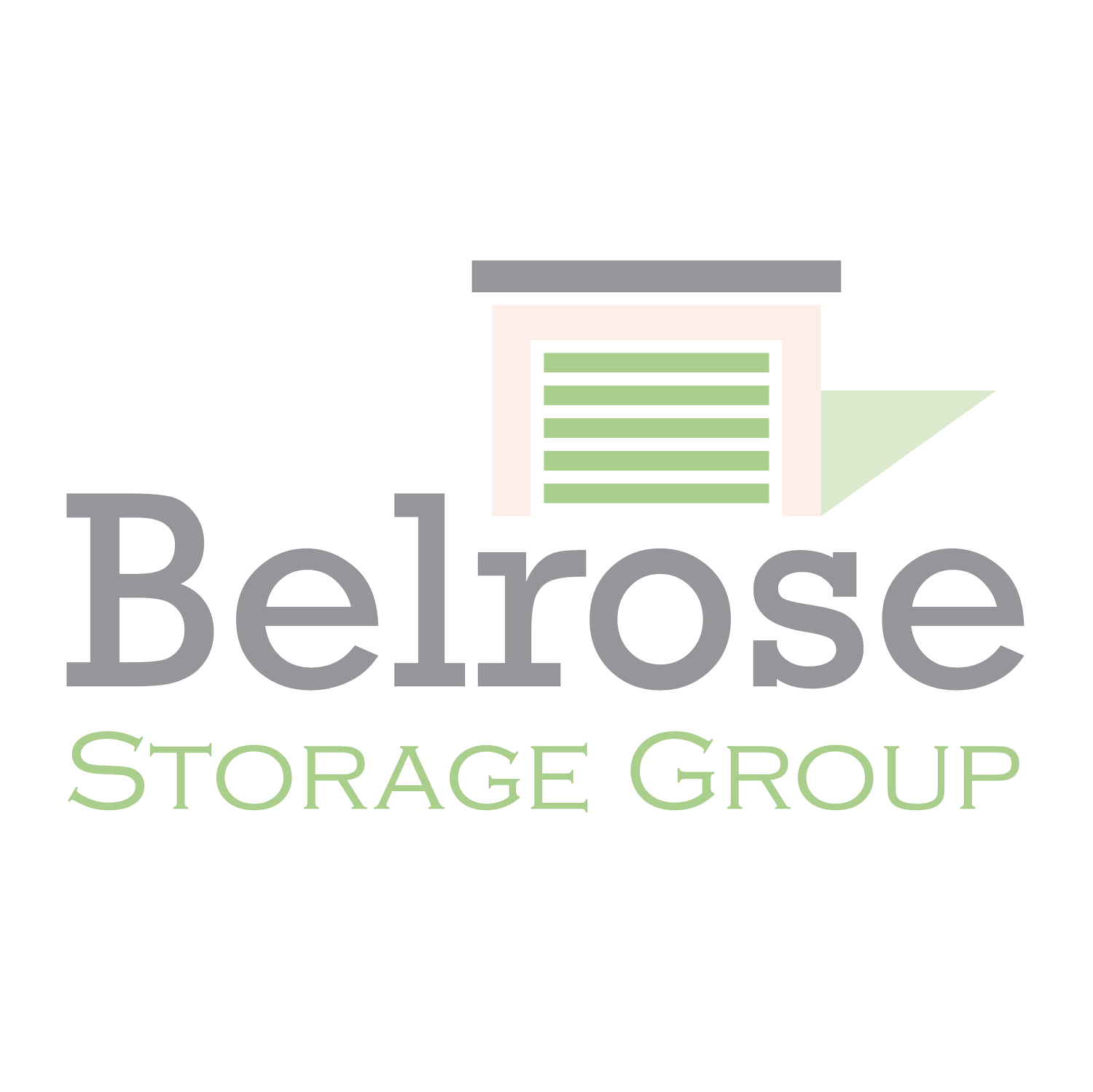What Are the 4 D’s of Self Storage?
Our team at Belrose and community of private investors understand the benefits of self-storage investing, especially in the wake of ongoing market volatility and economic turmoil. Commercial real estate is, however, still considered a type of alternative investment, which means many investors (and their advisors) remain wary.
So when we see prestigious financial publications like Forbes share an article on the benefits of self-storage investing, we can’t help but feel validated in our mission to help investors like you achieve your goals of security, growth, and income.
As Forbes contributor Fred Hubler puts it, self-storage is a viable alternative investment opportunity for savvy investors because it can “provide passive income, inflation protection (rates can change daily), and less tenant stress.”
Let’s look at why self-storage investing is growing in popularity and how it continues to be profitable in varying economic conditions.
What Is a Non-Correlated Asset?
To understand the resilient nature of self-storage, it’s important to first understand what a non-correlated asset is. In the world of investments, a “non-correlated asset” is something that people invest in that has no direct correlation to the stock market.
If you purchase an exchange-traded fund (ETF) and the market tanks, it’s likely your ETF will experience a decline as well.
But if you invest in a non-correlated asset, such as a self-storage facility, the stock market’s performance has no impact on it. The market could drop tomorrow, and your investment wouldn’t be affected.
Incorporating non-correlated assets into your portfolio is an effective way to buffer market volatility and capture returns in varying economic conditions. In fact, self-storage investing is often considered to be recession-resistant, thanks to its longstanding reputation as a top-performing commercial real estate asset class.
In fact, around 40% of Americans use self-storage, and it’s the only commercial real estate asset class with an average occupancy rate of 92%:[1,2]
What Are the “4 D’s” of Self Storage?
One of the primary reasons why self-storage has consistently performed well is because of the “4 D’s,” which are the life events driving people to rent storage units (and they have nothing to do with the markets or economic climate).
Death
Handling the death of a loved one is no easy task, and it often involves a long list of difficult to-do’s. When a close family member passes away, one of those tasks is to manage the estate. Whether the deceased owned or rented their home, it’s likely the family will want to clear out the property to avoid paying for an unused space.
People need a safe space to keep their loved one’s belongings while the estate undergoes the process of divvying up and distributing property. Storage units are commonly used to temporarily house a loved one’s belongings while the grieving family gets their bearings and plans their next steps.
Divorce
Emotions run high during divorce proceedings, and some spouses may feel more comfortable storing their belongings in a neutral, secure space (like a storage unit). Storage units can be especially helpful if one spouse must leave the family home quickly or wants easy access to items (such as seasonal decor) but doesn’t want to have to visit their old home.
Dislocation
From relocating for a job to finding a better school district, there is no shortage of reasons why people choose to move. And when they do, they often turn to self-storage facilities to help store their belongings during the process (especially if they’re downsizing). Moving is one of the most stressful events in a person's life, and having a safe space to store their things can be extremely helpful.
Downsizing
Empty nesters often find that once the kids move out, the family home becomes way too big for just one or two people. Downsizing is a popular option for those nearing or in retirement, as it means a smaller house or lawn to maintain, less to pay in utilities, and fewer repairs to make. Some people even opt to downsize into senior living communities or condos that offer additional amenities.
The problem is, when people choose to downsize, they don’t always want to get rid of their furniture or sentimental belongings. That’s why they use self-storage units to safely store their things (without cluttering up their new home).
Diversifying Your Portfolio With Alternative Investments
Seeing major publications like Forbes validate alternative investments like self-storage gives us hope that more people will continue exploring opportunities outside of the traditional markets. If you’d like to hear about our next investment opportunity, we encourage you to schedule a call with our CIO, Tom Dunkel today.
Sources:
[1] More Than A Third Of Americans Rent Self Storage, With Furniture The Most Stored Item
[2] Vacancy rate of self-storage space in the United States from 2015 to 2022 with a forecast for 2023


